Click "Try this template".

Click "OK" and give the Flowbot a name to recognize.
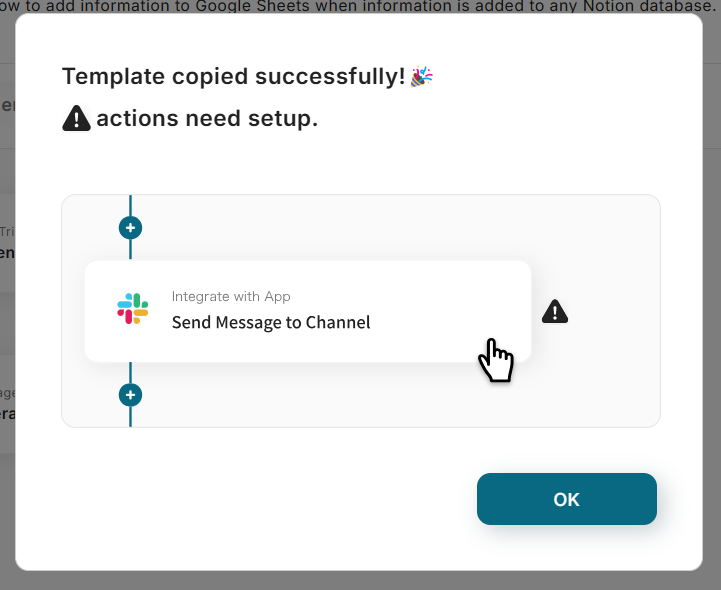
This template will be copied to your “My Project”.
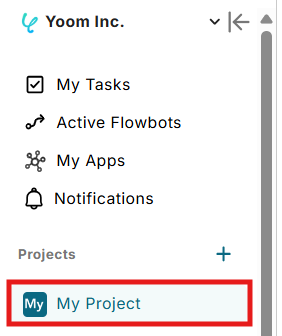
Step 3: Set Up Zendesk Trigger Action
In this step, you will set up to retrieve ticket information issued in Zendesk.
Click on the first step of the template.

The next page is pre-configured. You can change the title if you want.
Then click "Next".

Trigger Interval
- Set your trigger interval (frequency of sync) to how frequently Yoom checks Zendesk for updates. It can be set to 5 minutes, 10 minutes, 15 minutes, 30 minutes, or 60 minutes.
- We recommend setting the trigger to the shortest activation interval available for your plan.
⚠️ Note: The trigger interval varies depending on your Yoom plan. Be sure to check your current plan’s limit.
Subdomain
- Enter the value before ".zendesk.com" in the URL.

Then, click "Test".
If the test is successful, the retrieved value will get updated as below.
We will use these data in the following steps so make sure they are correct :)

Step 4: Send Chat Message
Click on the action labeled "Send Chat Message".
In this step, we will set up the flow to send to Dify.

The next screen is already pre-configured.
- App Trigger Title: Change it as necessary.
- App
- Account connected with Dify
- Trigger Action
Confirm the setup is ok, then click "Next".

Query
- Click on the query field to select items to put in it.
- The retrieved value from Zendesk "Description" is pre-set, but you can customize it by selecting other retrieved values as needed.

User
- Entering a new value like 'user123' will start a chat as a new user, while entering an existing user's ID will allow you to continue the chat with that user's history.
Variable
- It's optional, but using them allows for more flexible and efficient prompt and notification settings.
- For example, dynamic information like 'name' or 'date' can be automatically reflected in the prompt, reducing setup effort and providing more accurate responses for the user.

Once setup is complete, run a test.
If successful, your retrieved data should get updated as below.

Make sure you save the setting :)
Step 5: Send Message to Channel
Click on the action labeled "Send Messages to Channel".
In this setup, we will make a template message to be sent in Slack.

This screen is pre-configured. Change if as needed, then click "Next".

Destination Channel ID
- Clicking the field to display a list of available channels from your integrated Slack account.
- When you select the channel, its ID will be automatically populated.

Message Content
- Create the template message you want to send.
- Click the message field to insert values retrieved from previous steps. By quoting Zendesk details and including Dify's response content, you can easily verify consistency.

Run a test and if successful, hit "Save".
Step 6: Activate the Flowbot
Toggle the "Trigger On" button to activate your flow!
Check if the Flowbot you set up is working properly.
That’s it!
The Flowbot is now complete!
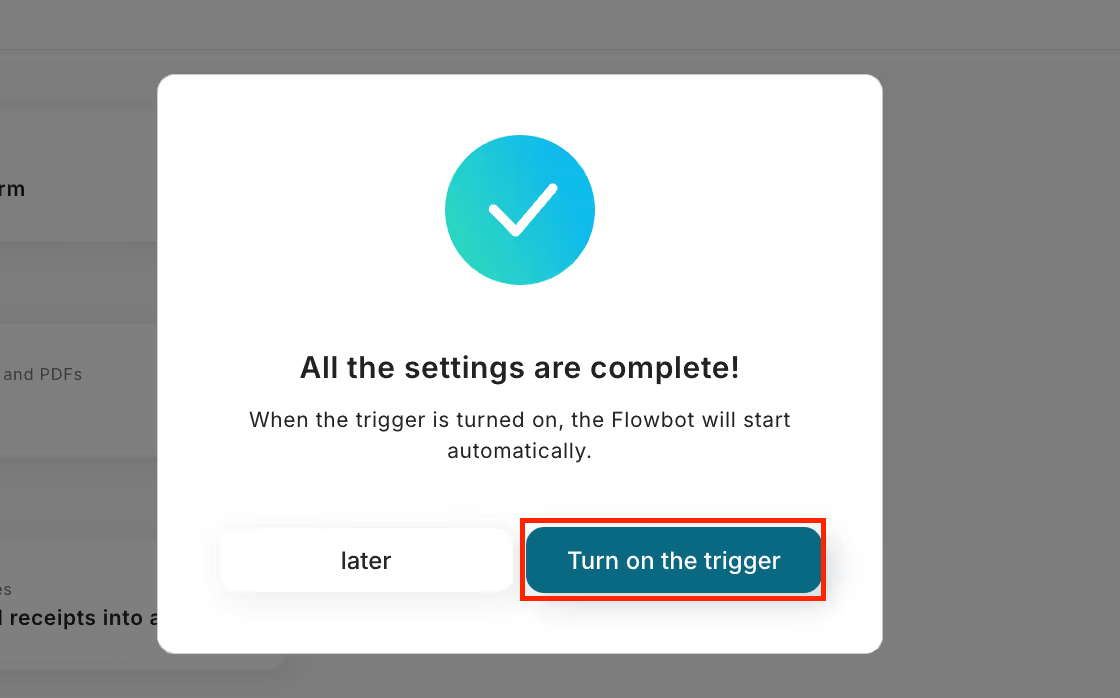

















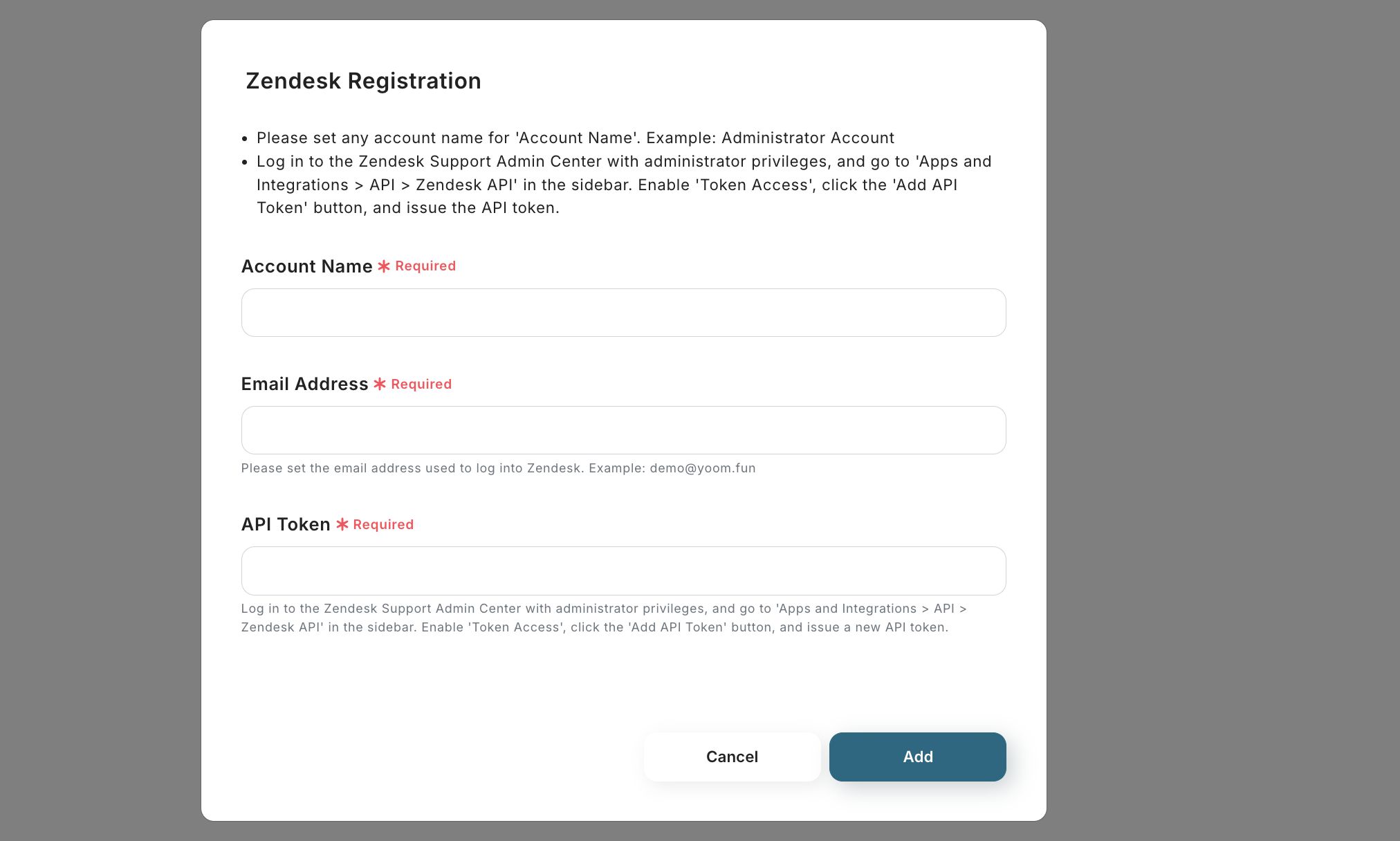




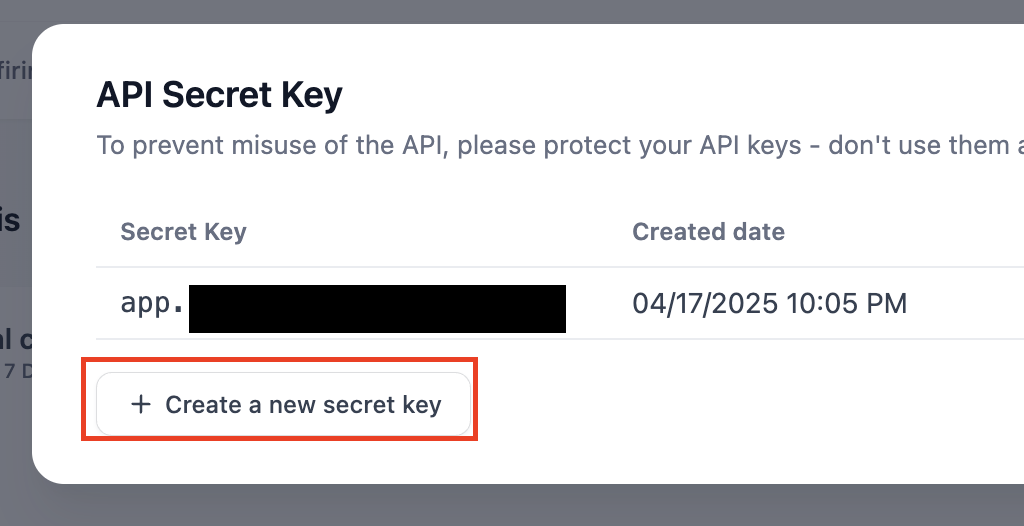





.avif)
.avif)
.avif)







